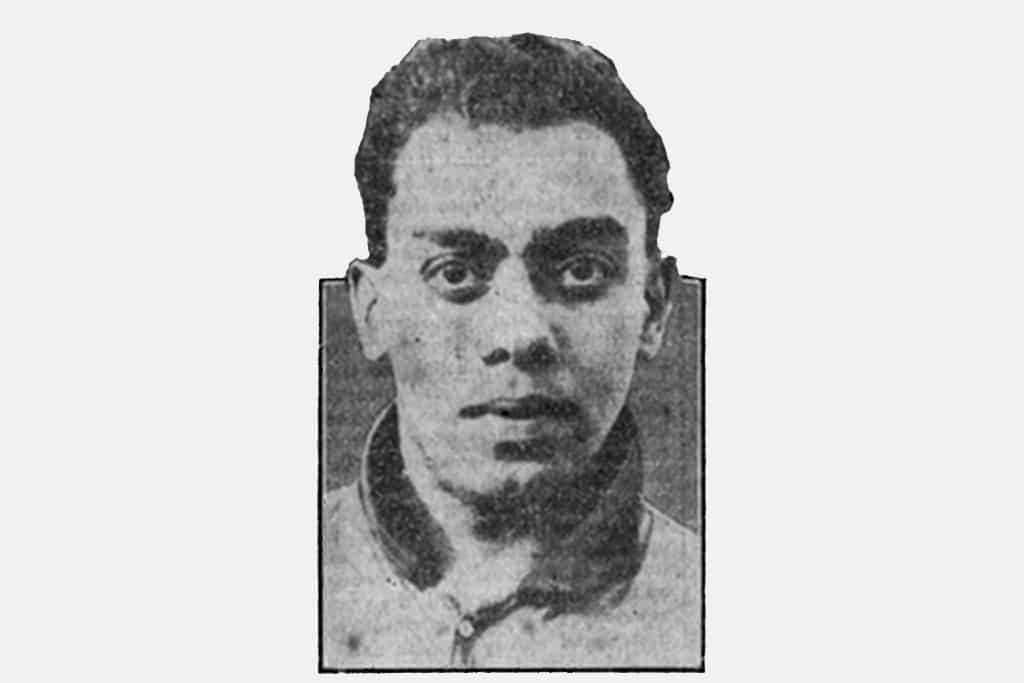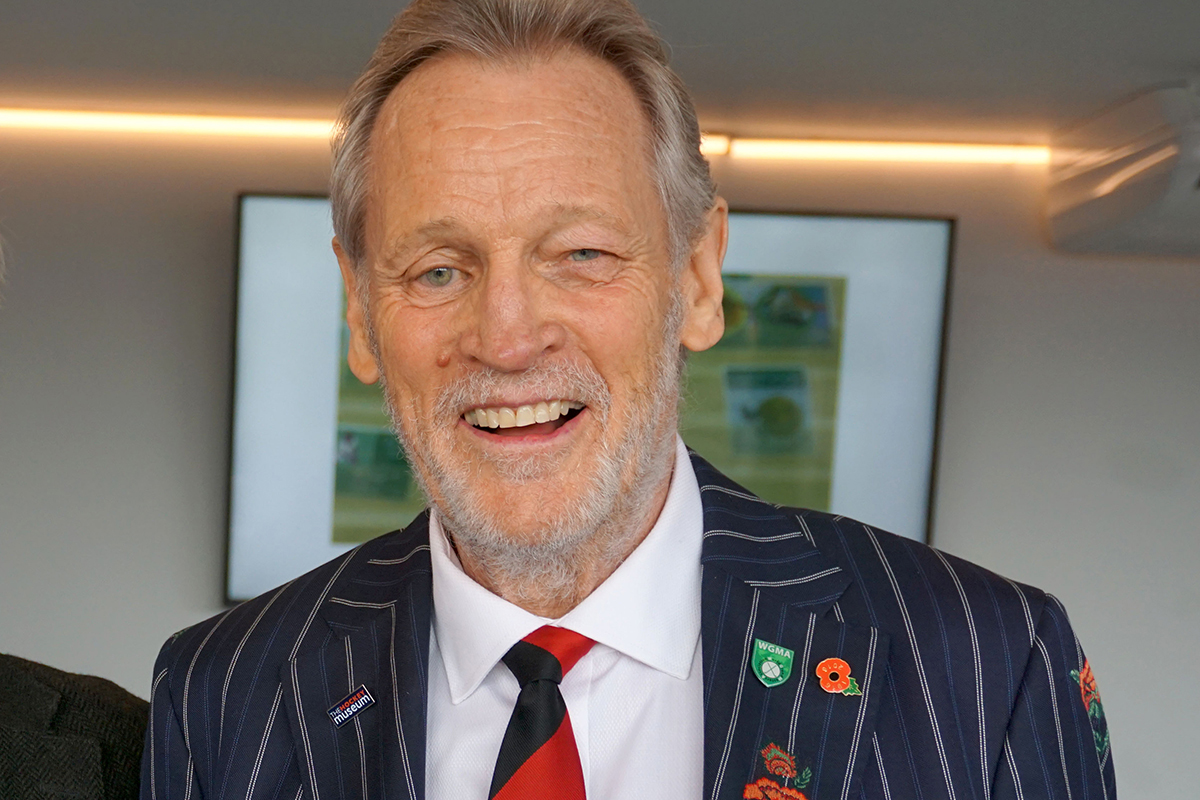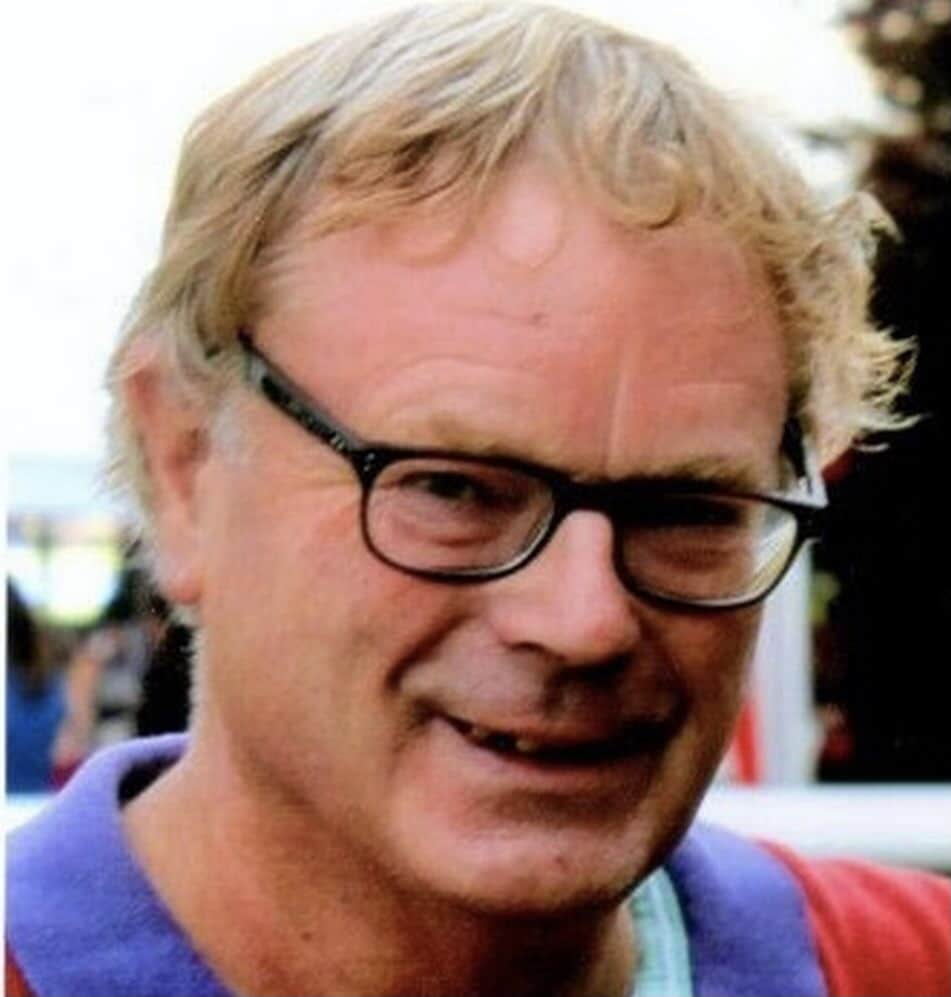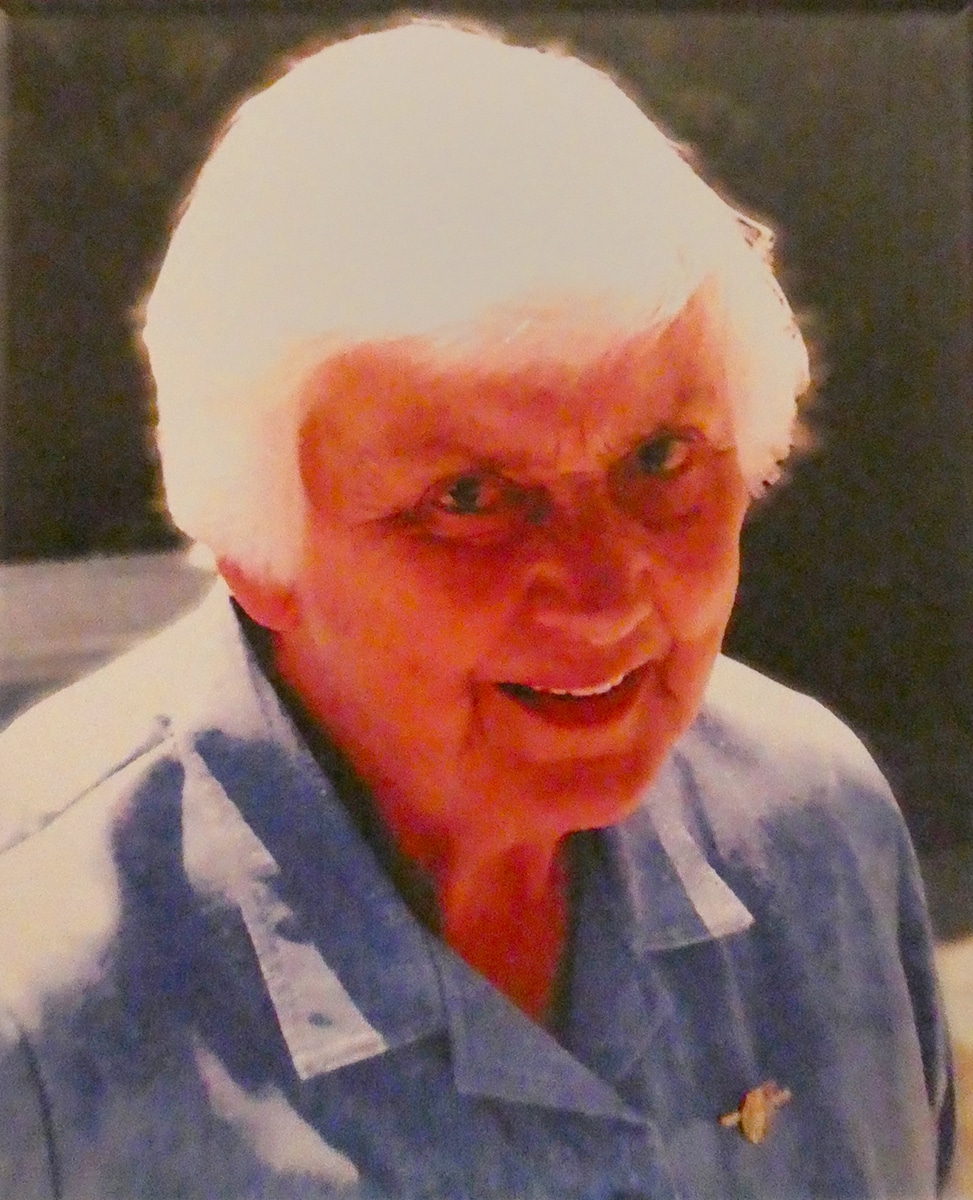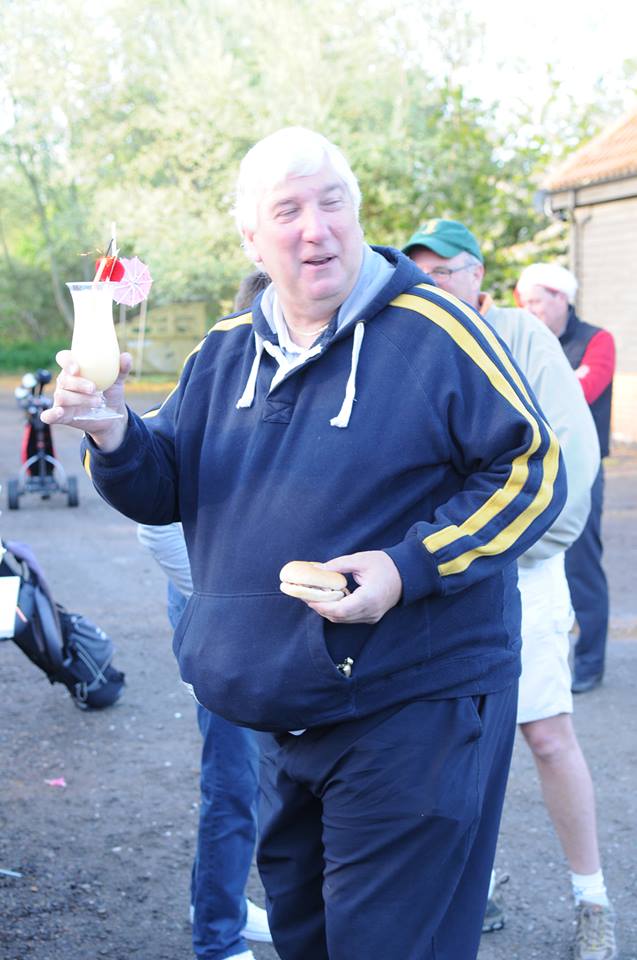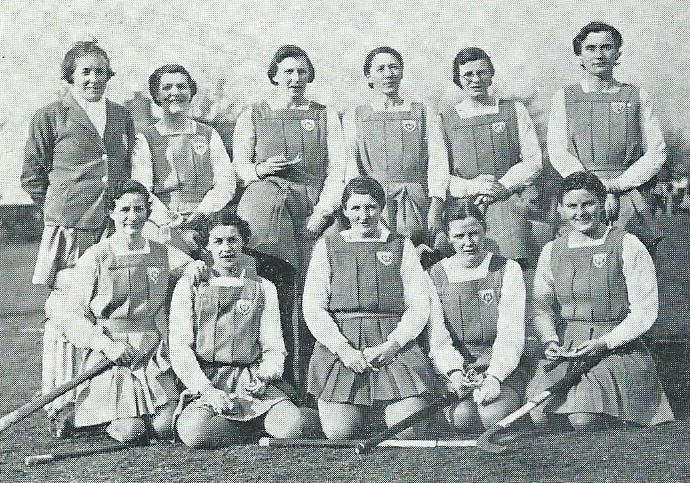George was born in Madras (modern-day Chennai), India in 1905. His father was transferred to Rangoon (modern-day Yangon in Mayanmar) and George was raised as a Catholic Christian in India largely by his aunt, Whitmore, who supported young George in his education and athletic endeavours. George attended a private junior school and later St George’s Manor House, a boarding school in Mussoorie, a hill town surrounded on three sides by the Himalayan mountains. He played on the Manor House ‘B’ hockey team as a junior and then on the ‘A’ team as a senior. In 1961 the school decided to name its four student houses after the four Olympians that were part of their alumni – George was one.
In the years between leaving school and the 1928 Olympic Games he became a telegraph operator and was stationed in Agra. In 1926 he played for the Auxiliary Force hockey team and for the Calcutta Telegraphists who won the Gwalior Gold Cup that year. In 1927 he formed the ‘Old Boys’, a Telegraphists team out of Agra. In early 1928 George was chosen to be part of the India men’s Olympic hockey team.
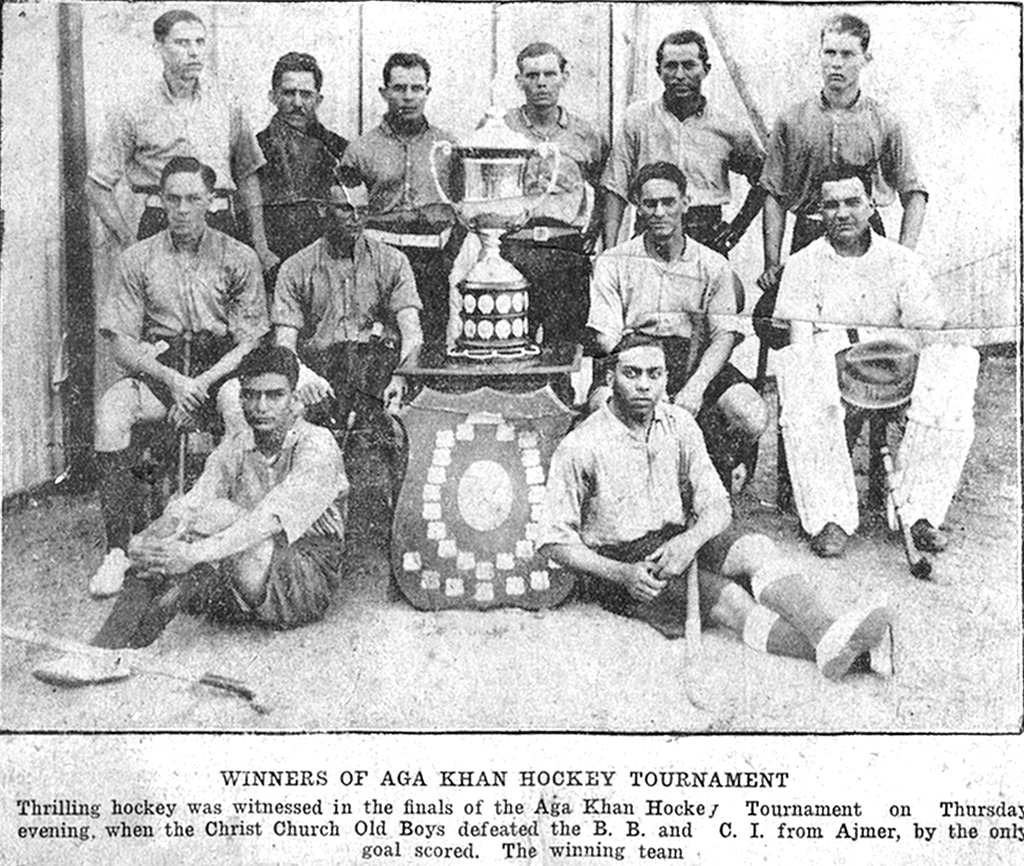
George Marthins (sitting front row, right) with the Christ Church Old Boys hockey team, winners of the Aga Khan tournament. From the George Eric Marthins scrapbook held in The Hockey Museum collection.
The British-India Olympic hockey team had a highly successful tour of England and Europe prior to the Amsterdam Olympic Games of 1928. They lost only one game and greatly outscored their opposition. At the Games the Indian team went undefeated without conceding a single goal to win the Olympic gold medal.
After the 1928 Olympic Games George continued playing competitive hockey within India. He won the Beighton Cup in 1929 with the Telegraphists team contributing four goals in the final. The final record in the scrapbook of George’s competitive career was again with the Telegraphists in the Brock Hockey Tournament in 1939 (a loss, 1–0); once again George was described as “one of the stars of the game”. The 1928 Olympic team was reunited in 1931 and defeated an All-India select team – George scored twice.
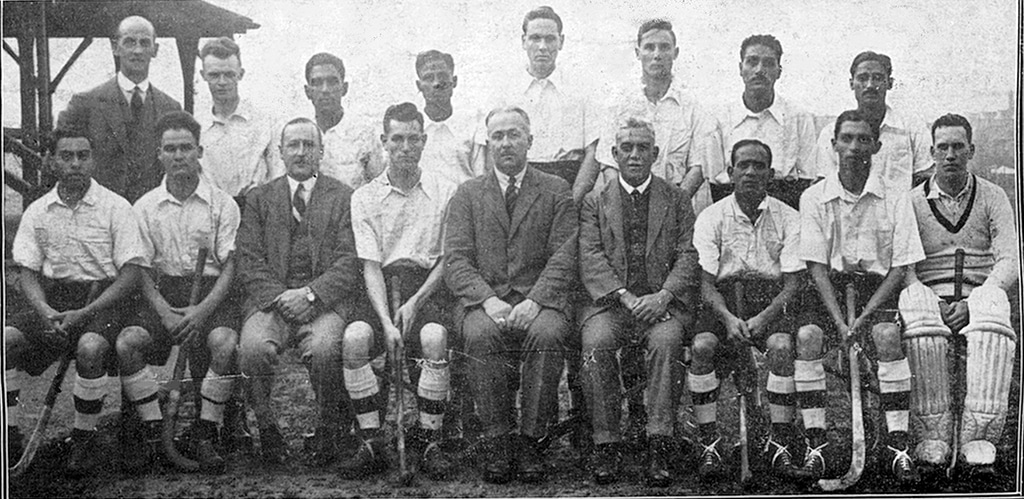
The British-India hockey team photographed prior to their match against a London XI at Merton Abbey, England in 1928.
Scanned from George Marthins’s scrapbook.
He also played in a number of exhibition matches, the last of which was a fundraiser for the Red Cross in 1961 where the ‘Chivalrous Veterans’ squeaked out a one goal win against an elite women’s team.
Following the Olympic Games George married Florence Renny in 1933. They had four children: Dorothy, Glenda, George and Gail. Dorothy emigrated to the United Kingdom (UK), George Jr to Australia and Glenda to the UK and eventually Canada, finally followed by Gail to Canada (Newfoundland). George and Florence moved to Australia to live with their son but following the death of Florence in 1972, George moved to the UK to live for a short time with Dorothy and her family.
In 1973 George came to live with Glenda her and family in Ottawa, Canada, where he stayed until his death in 1989. George was actively involved with athletics well into his eighties. He and his grand-daughter Una-May won the Barrhaven Mixed Doubles tennis tournament in 1979 when he was 73 years old and Una was 17. George was made an Honorary Vice President of the tennis club in 1981 for “Support and Service to the club and his example set by Fine Sportsmanship”.
George passed away in 1989 due to complications from pancreatic cancer.
Related reading
Preserving a family legacy: The George Eric Marthins scrapbook finds a new home – The Hockey Museum

